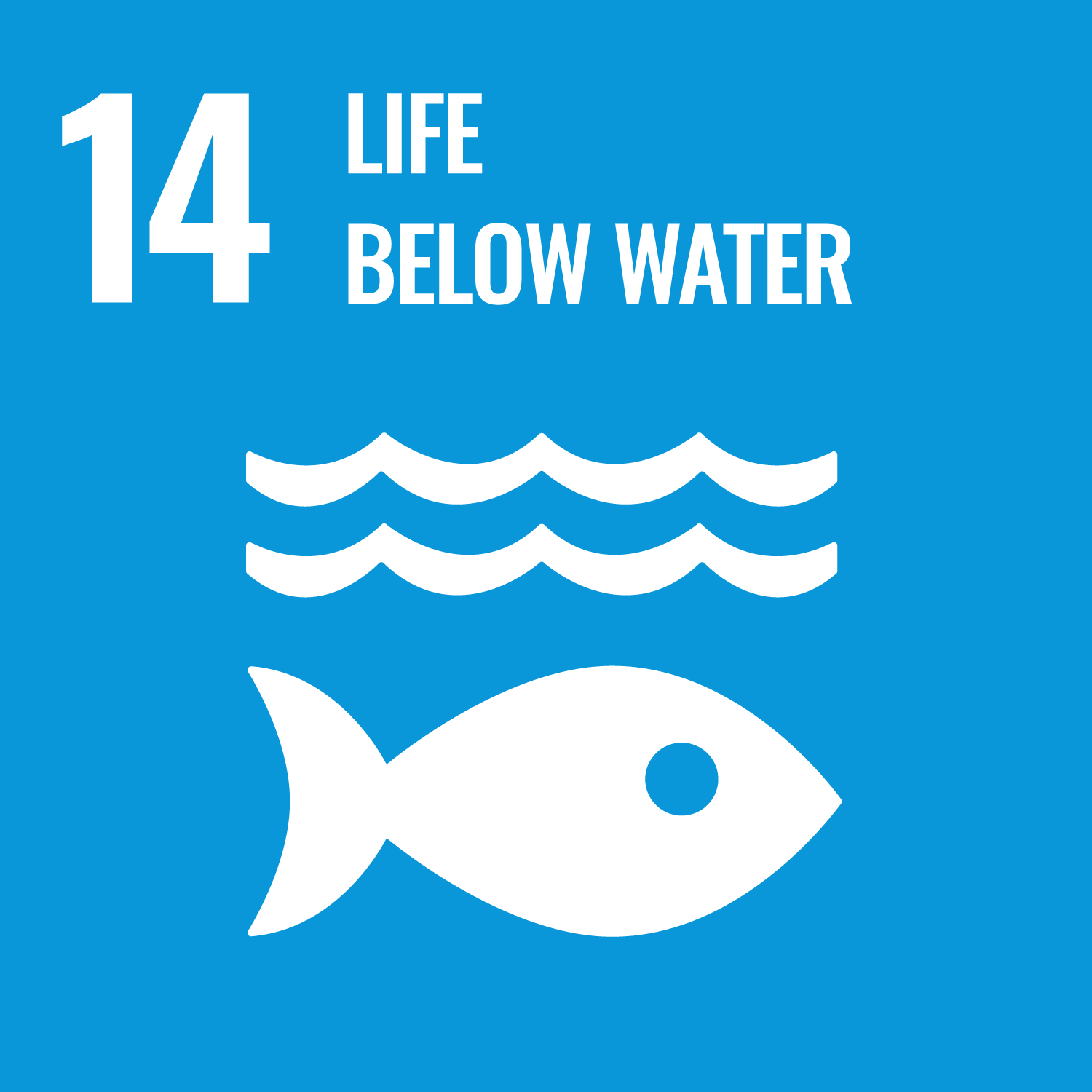ORCID
- Richard C. Thompson: 0000-0003-2262-6621
Abstract
Rivers are key pathways for the transfer of microplastics (MP) to marine environments. However, there are considerable uncertainties about the amount of microplastics transported by rivers to the ocean; this results in inaccuracies in our understanding of microplastic quantity and transport by freshwater systems. Additionally, it has been suggested that rivers may represent long-term sinks, with microplastics accumulating in sediment due to their high density or other biological, chemical, and physical factors. The atmosphere is also an important pathway by which airborne microplastics may enter aquatic habitats. Here, we compare for first time microplastics type and concentration in these key environmental mediums (air, water and sediment) along a major river (Ganges), from sea to source to understand 1) the abundance, 2) the spatial distribution, and 3) characteristics. Mean microplastic abundance settling from the atmosphere was 41.12 MP m2 day−1; while concentrations in sediment were 57.00 MP kg−1 and in water were 0.05 MP L−1. Across all sites and environmental mediums, rayon (synthetically altered cellulose) was the dominant polymer (54–82 %), followed by acrylic (6–23 %) and polyester (9–17 %). Fibres were the dominant shape (95–99 %) and blue was the most common colour (48–79 %). Across water and sediment environmental mediums, the number of microplastics per sample increased from the source of the Ganges to the sea. Additionally, higher population densities correlated with increased microplastic abundance for air and water samples. We suggest that clothing is likely to be the prominent source of microplastics to the river system, influenced by atmospheric deposition, wastewater and direct input (e.g. handwashing of clothes in the Ganges), especially in high density population areas. However, we suggest that subsequent microplastic release to the marine environment is strongly influenced by polymer type and shape, with a large proportion of denser microplastics settling in sediment prior to the river discharging to the ocean.
DOI Link
Publication Date
2023-11-25
Publication Title
Science of the Total Environment
Volume
901
ISSN
0048-9697
Acceptance Date
2023-08-26
Deposit Date
2023-11-22
Embargo Period
2023-11-23
Recommended Citation
Napper, I., Baroth, A., Barrett, A., Bhola, S., Chowdhury, G., Davies, B., Duncan, E., Kumar, S., Nelms, S., Niloy, M., Nishat, B., Maddalene, T., Smith, N., Thompson, R., & Koldewey, H. (2023) 'The distribution and characterisation of microplastics in air, surface water and sediment within a major river system', Science of the Total Environment, 901. Available at: 10.1016/j.scitotenv.2023.166640


